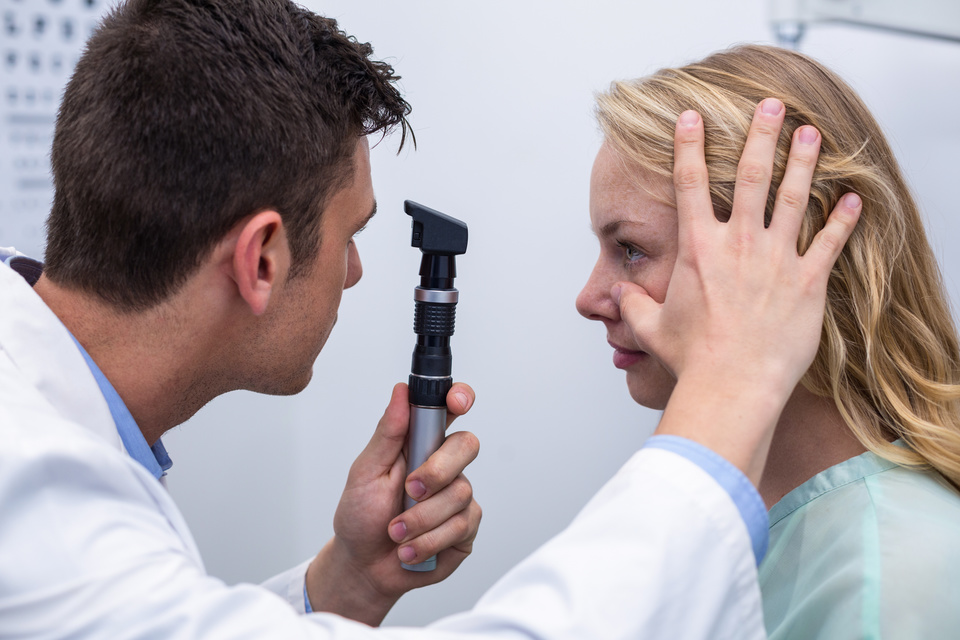Low vision is less than ideal but it does not have to be as big of a hindrance as you may think. Throughout this article, we will discuss tips and tricks about how to make the most of your low vision situation.
The problem of glare and light sensitivity is a frequent problem for visually impaired people, especially those with macular degeneration or diabetic retinopathy or pre- and post-operative cataract patients.
The encouraging news is that there are treatment devices available. By using specialized blue-blocking and glare-reducing lenses, more light can be absorbed by your lenses, easing your sensitivity. These lenses are made to be worn in any sunlight condition and they come in a variety of styles and colors to fit everyone’s preference.
These lenses can be made into prescription and non-prescription sunglasses and clip-ons for your regular eyeglasses. Some lenses are even able to transition and darken depending on how much sunlight they are exposed to. This is something that should be discussed with your eye care doctor so that you can come to an agreement about which is the best choice for your situation.
Many people have issues with their distance vision. There are tools however to help with this issue as well. These devices include eyeglass-mounted or hand-held telescopes. A prescription may be required for these devices, as well as special training; your eye care specialist can help you with this.
Another option is to use a head-mounted binocular viewer that provides magnified distance, intermediate and near vision via a rechargeable battery-operated remote control. Their portability allows you to more safely navigate streets, stores and restaurants. Their ability to give depth perception makes them more effective than many other visual tools.
Although canes are normally thought of as an aid to blind people, they can also benefit those who lack a substantial amount of their peripheral side vision. They can assist you in keeping your balance and navigating unpaved areas. Keeping your balance is very important, because according to the U.S. Centers for Disease Control, the leading cause of injury-related deaths among older people is falling.
There are many aids that help people’s vision and it is up to you and your doctor to decide which is best for you. Do not make a decision on which device to use without contacting your eye care professional.


